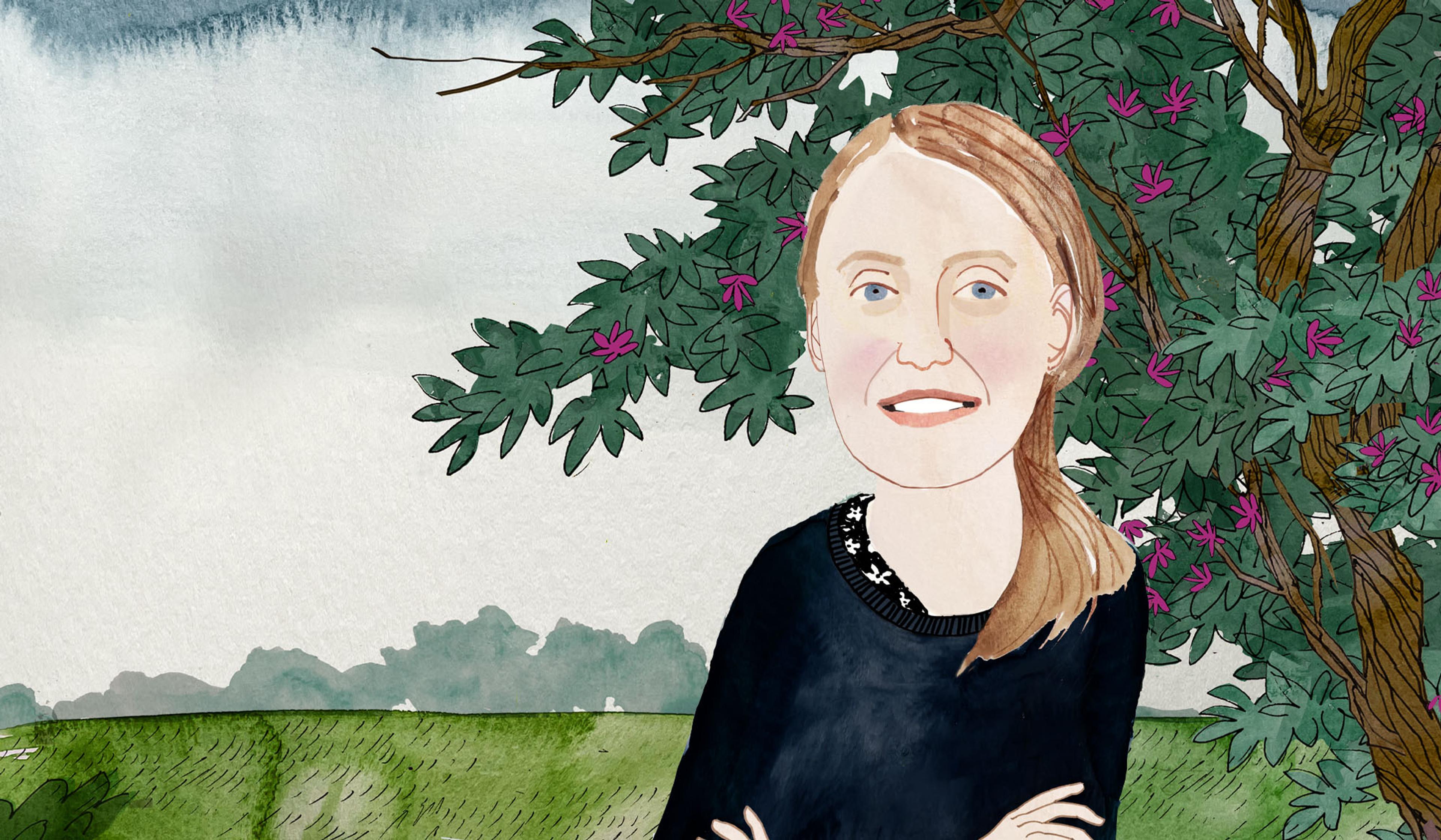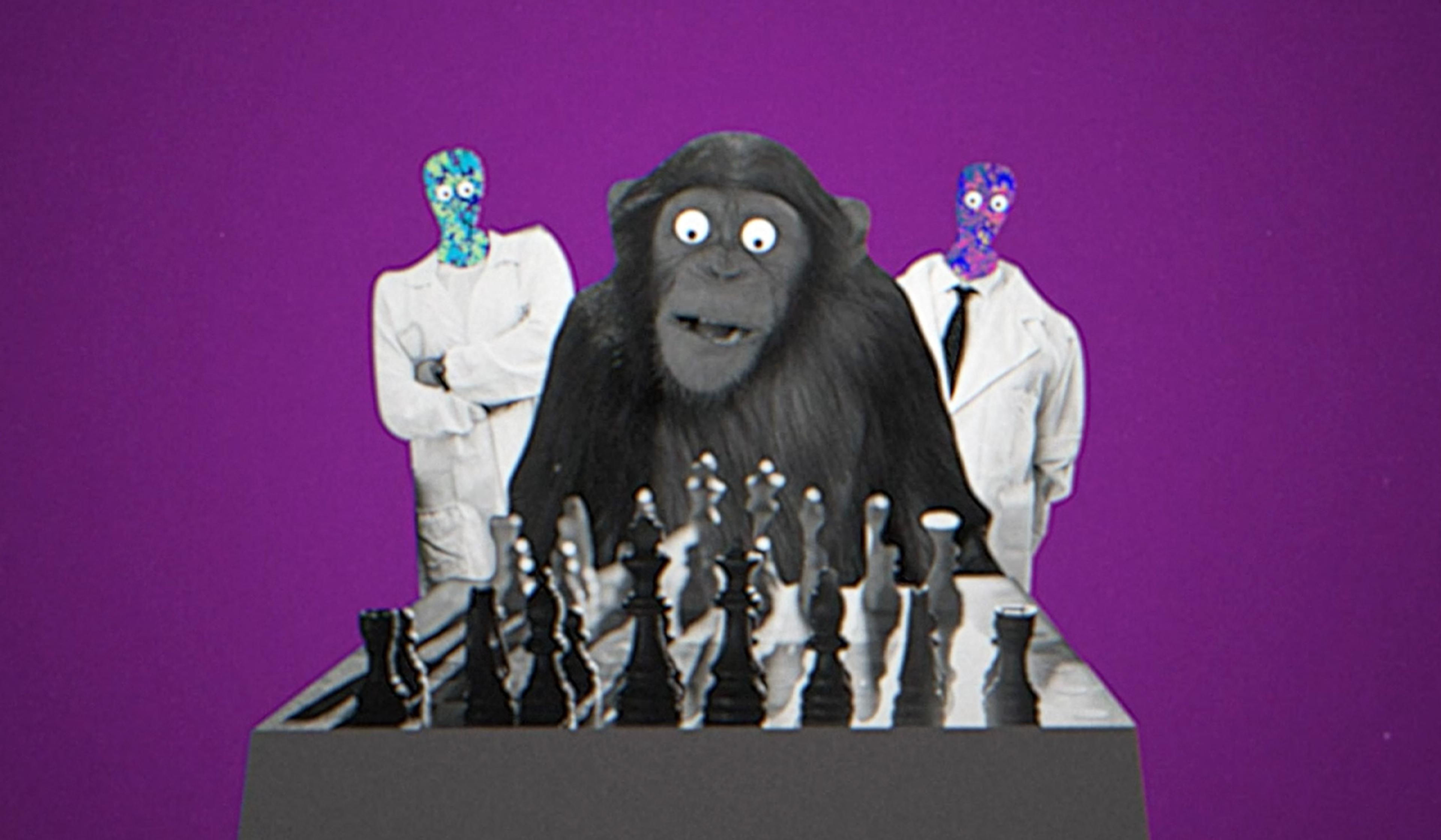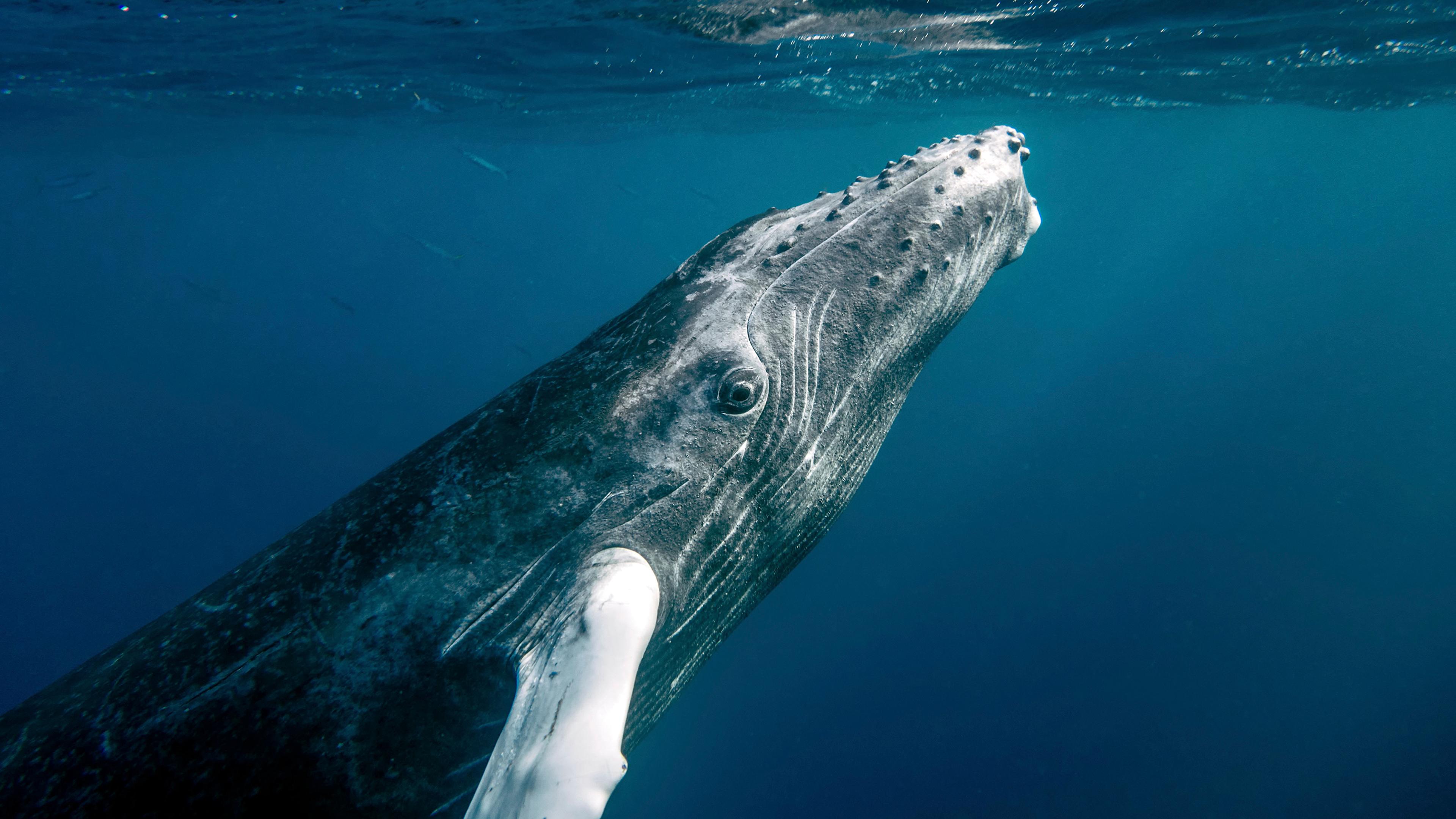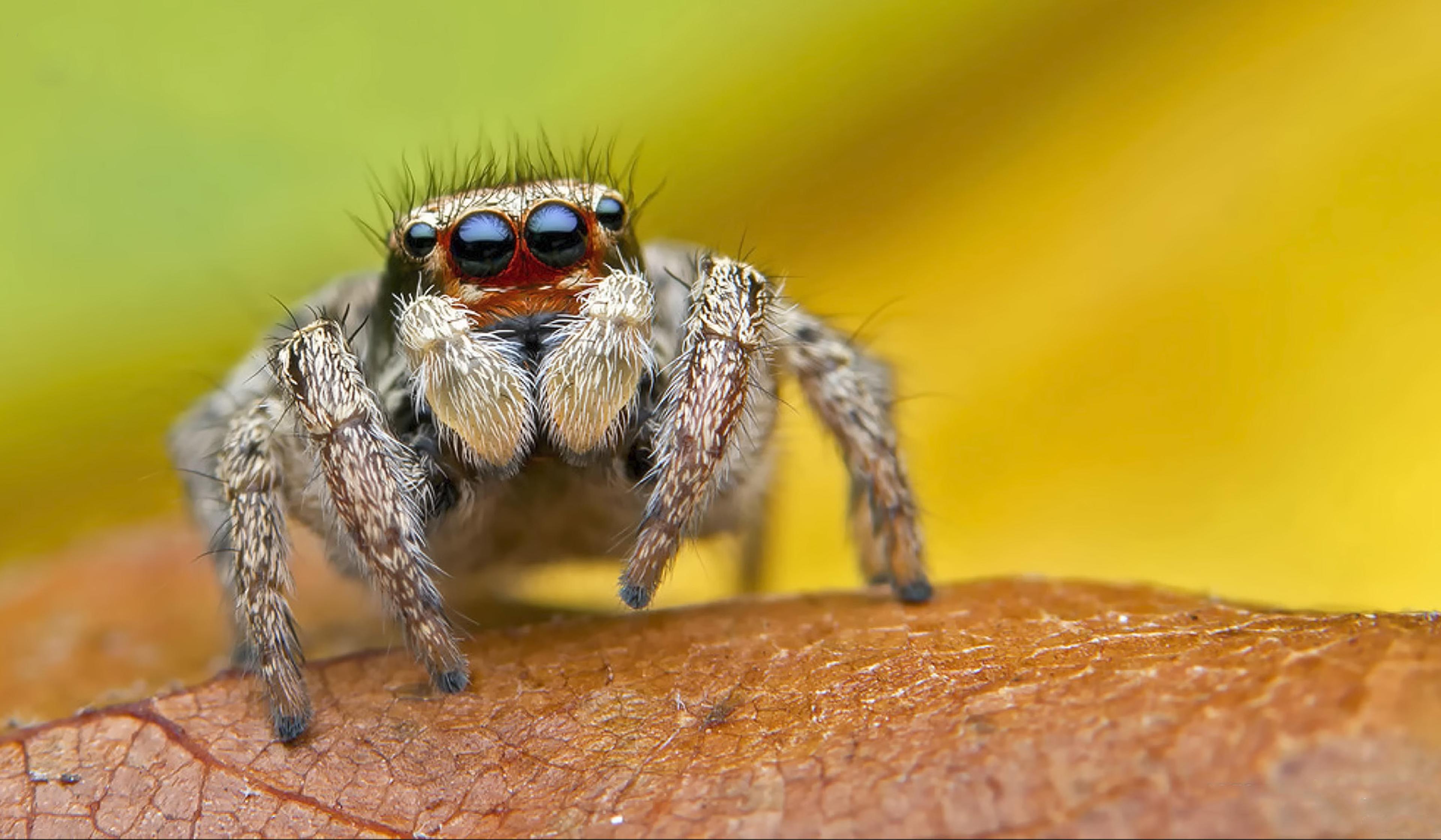In recent decades, a flurry of research has helped to shed light on the cognitive experience of nonhuman animals. The results have often closed perceived gaps between human and nonhuman intelligence, while hinting at rich inner worlds and an array sensory abilities that can be peculiar – and perhaps often impossible – for us to fathom. But what, if anything, can be gleaned about how nonhuman animals might dream? In this video from the interview series Closer to Truth, the US author and psychologist Deirdre Barrett contextualises what we know about the rapid eye movements and brain structures of other mammals with high cognitive capacities – including cetaceans like whales and dolphins, and other primates – to detail the fascinating ways in which their dreamworlds might differ from our own.
The Sleeping Gypsy (1897) by Henri Rousseau. Courtesy MoMA/Wikipedia

videoCognition and intelligence
How a ‘periodic table’ of animal intelligence could help to root out human bias
5 minutes

videoNeuroscience
What is your dog really thinking? MRI brain scans might soon provide the answer
7 minutes

videoPhilosophy of mind
A comparative cognition road trip across the US in search of a map of the mind
21 minutes

videoNeuroscience
What will we do when neuroimaging allows us to reconstruct dreams and memories?
4 minutes

videoEvolution
Why making if-then connections might be the key to consciousness
5 minutes

videoBiology
What would it mean if we were able to ‘speak’ with whales?
65 minutes

videoBiology
To understand the limits of human senses, look to the wild world of animal cognition
45 minutes

videoConsciousness and altered states
Why don’t we feel pain in dreams? The answer might lie in a new frontier of neuroscience
9 minutes

videoCognition and intelligence
Leaping from firing neurons to human behaviour is tempting, but it’s a perilous gap
3 minutes